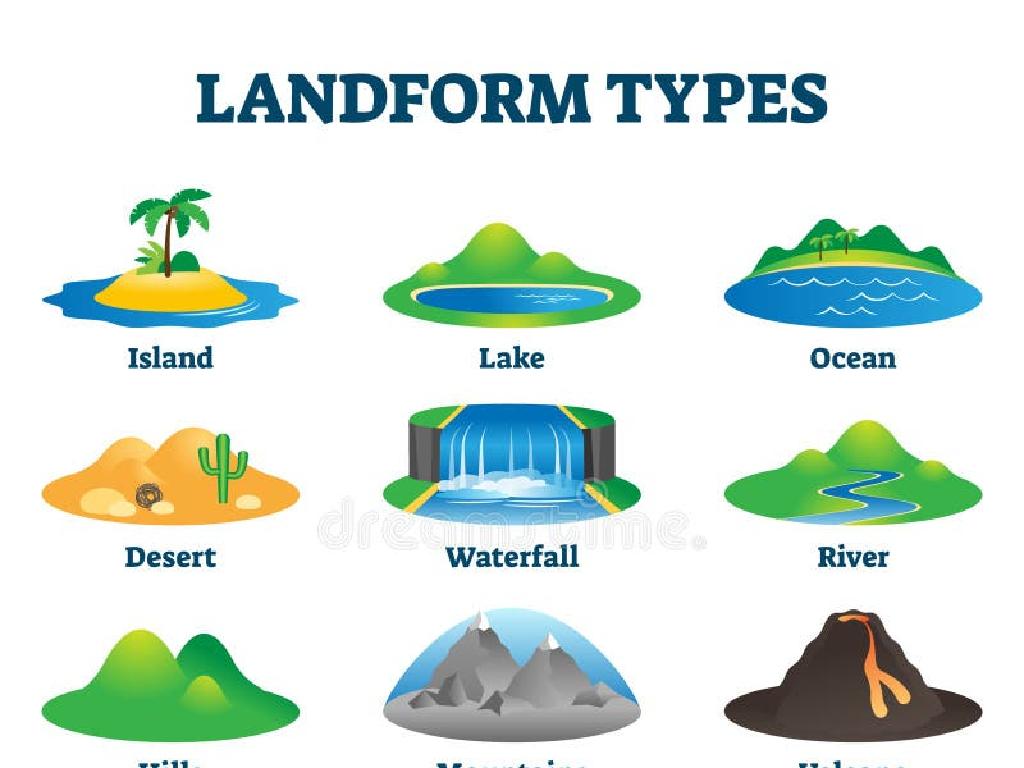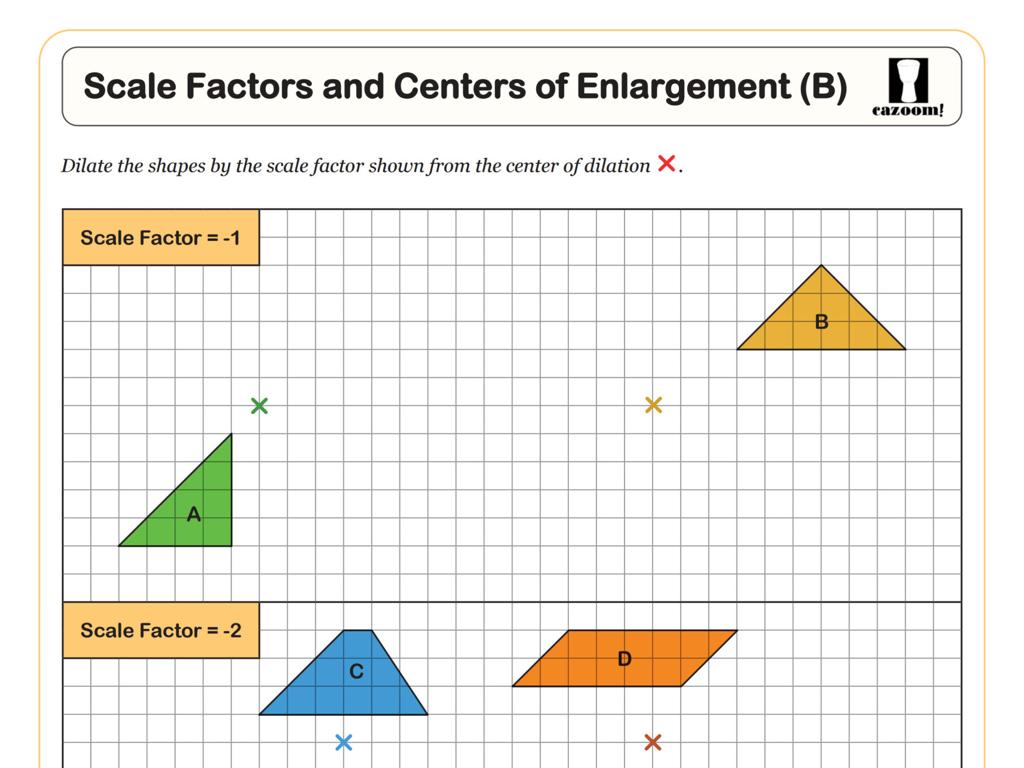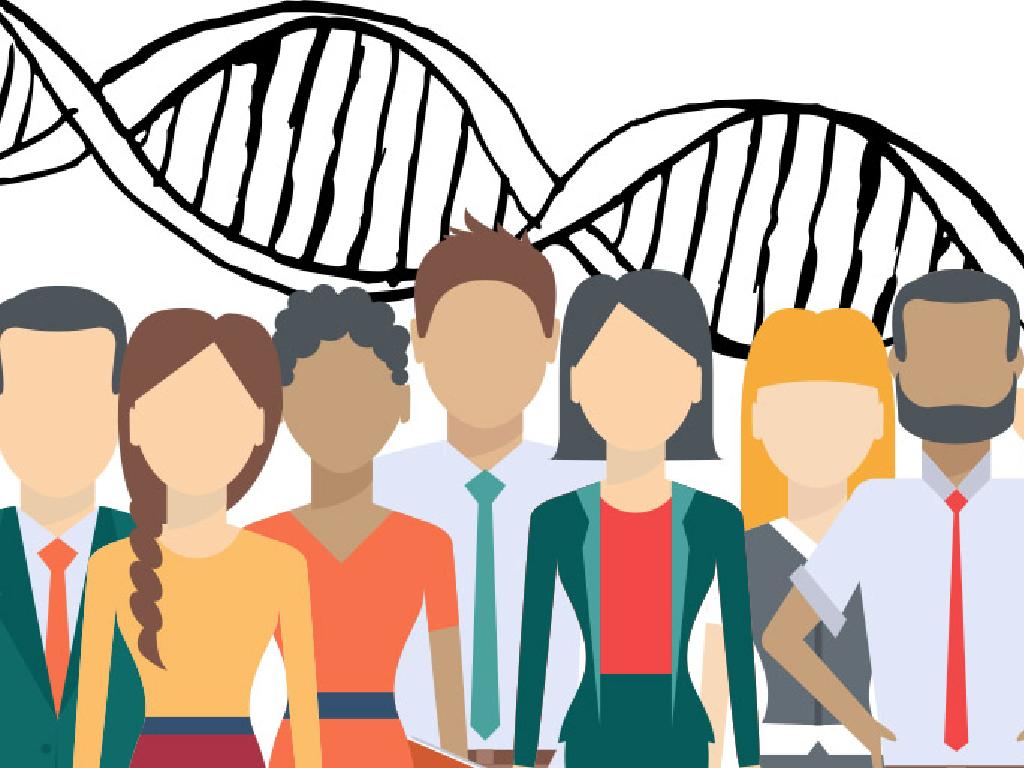What Affects Traits? Use Observations To Support A Hypothesis
Subject: Science
Grade: Third grade
Topic: Traits
Please LOG IN to download the presentation. Access is available to registered users only.
View More Content
Exploring Traits: What Makes You Unique?
– What are traits?
– Traits are features or characteristics that we can observe.
– Examples of traits
– Eye color, hair color, and height are all traits we can see.
– Inherited vs. environmental traits
– Inherited traits come from our parents, environmental traits come from where and how we live.
– Observing traits in class
– We’ll look at our classmates’ traits and see which ones are common.
|
Begin the lesson by explaining that traits are the unique features that make us who we are, such as our eye color, hair color, and how tall we are. Some traits are inherited, which means they are passed down from our parents, like the color of our eyes. Other traits can be influenced by the environment, like how being in the sun can change the color of our hair. Engage the students by having them observe and discuss traits within the classroom, such as who has brown hair or blue eyes. This will help them understand the concept of traits and how they can vary among different people. Encourage them to think about which traits they have observed in their own families and how the environment might have influenced other traits they have.
Classroom Observation Activity: Exploring Traits
– Observe traits in classmates
– List common traits found
– Traits like hair color, eye color, etc.
– Discuss inherited traits
– Traits like height or skin color may be inherited
– Hypothesize about trait origins
– Use observations to guess where traits come from
|
This activity is designed to engage students in the practical application of genetics by observing common traits among their classmates. Encourage students to look for both physical traits (such as hair and eye color) and behavioral traits (like left- or right-handedness). After listing these traits, guide a discussion on which traits might be inherited from parents. This will help students understand the concept of heredity. Finally, ask students to hypothesize about the origins of these traits based on their observations, promoting critical thinking. For the teacher: Prepare a worksheet for students to record their observations and hypotheses. Ensure a respectful and inclusive environment during the activity.
Exploring Inherited Traits
– Traits passed from parents to kids
– Human and animal inherited traits
– Eye color, hair type, and ear shape in humans. Fur patterns in animals.
– Activity: Inherited Traits Guessing Game
– Students guess traits passed down in families or among animals
– Understanding inheritance
|
This slide introduces the concept of inherited traits to third-grade students. Begin by explaining that inherited traits are physical characteristics or behaviors that are passed down from parents to their offspring. Provide relatable examples such as eye color, hair type, and ear shape in humans, as well as fur patterns in animals. For the class activity, create a fun guessing game where students can guess which traits are inherited. This could involve looking at pictures of animal families or discussing traits within their own families. The goal is to help students understand that traits can be inherited and to use observations to support their hypotheses. The activity should be interactive and encourage students to think critically about the traits they observe.
Environmental Influence on Traits
– Environment affects traits
– Traits can change depending on where you live, like skin color getting darker in the sun.
– Examples of environmental traits
– Plants grow towards light, and animals can change color with seasons.
– Discuss our environmental factors
– What weather or places do we have around us? How might they affect us?
– How do these factors change us?
|
This slide aims to help students understand that traits are not only inherited but can also be influenced by the environment. Start by explaining that the environment includes everything around us, like the sun, weather, and where we live. Use examples like how a person’s skin can tan in the sun or how certain animals change their fur color in different seasons to adapt. Encourage a class discussion by asking students about the environmental factors they experience in their daily lives, such as weather changes, and how they think these factors could affect them or other living things. This will help them to start thinking scientifically about the relationship between the environment and traits, and to begin forming hypotheses based on their observations.
Exploring Traits: Making Hypotheses
– Understanding a hypothesis
– A hypothesis is a smart guess about why things happen.
– Crafting hypotheses on traits
– Think about why you have brown eyes or curly hair!
– Sharing our ideas
– Tell the class your hypothesis and listen to theirs.
– Discussing our thoughts
– Why do you think your guess is right? Let’s talk!
|
This slide introduces the concept of a hypothesis and engages students in creating their own hypotheses related to traits. Begin by explaining that a hypothesis is like a detective s guess about a mystery, but in science. It’s what they think might happen based on what they already know. Encourage students to observe their own traits or those of their classmates and come up with creative explanations for why they have those traits. After crafting their hypotheses, create a supportive environment for students to share and discuss their ideas with the class. This activity will help them understand the scientific method and how to support their ideas with observations.
Supporting Our Hypotheses with Observations
– What is a hypothesis?
– A hypothesis is a smart guess about why things happen.
– Observations as evidence
– We look and think about what we see to decide if our guess is right.
– Activity: Recording observations
– Write down what you notice that shows your guess is right or wrong.
– Sharing our findings
– We’ll talk about what we learned from our guesses and observations.
|
This slide is aimed at helping students understand the concept of a hypothesis in science and the importance of observations in supporting or refuting a hypothesis. Begin by explaining that a hypothesis is like a detective s guess about a mystery that can be tested. Emphasize that observations are like clues that can help us figure out if our hypothesis is correct. For the activity, guide the students to observe certain traits or behaviors and record their findings, noting whether these support or contradict their initial hypotheses. Encourage them to be detail-oriented in their observations. After the activity, create a discussion environment where students can share and compare their findings, fostering a collaborative learning experience.
Traits Recap: Inheritance and Environment
– Review: Inherited vs. Environmental Traits
– Inherited traits come from parents, environmental traits come from surroundings.
– Observations: Key in Science
– Observing carefully helps scientists make discoveries.
– Recap: Our Hypotheses
– Remember our guesses about what affects traits?
– Discuss: Our Findings
– Let’s talk about what we learned from our experiments.
|
This slide aims to summarize the key points of the lesson on traits. Start by reviewing the difference between inherited traits, which are passed down from parents, and environmental traits, which are influenced by the surroundings. Emphasize the importance of observation in science as a tool for learning and discovery. Recap the hypotheses the students made at the beginning of the lesson about what affects traits, and then discuss the findings from any activities or experiments conducted. This will help reinforce the scientific method and the role of hypotheses in scientific inquiry. Encourage the students to share their thoughts and reflections on what they’ve learned.
Class Activity: Trait Scavenger Hunt
– Explore traits around the school
– Find inherited & environmental traits
– Inherited: eye color, hair type; Environmental: tanned skin, language spoken
– Work in teams to observe
– Collect evidence of traits
– Take notes or pictures as proof
|
This interactive activity is designed to help students understand the difference between inherited traits and those influenced by the environment. Divide the class into small teams and assign different areas of the school for exploration. Provide each team with a worksheet to record their observations. Inherited traits are those passed from parents to children, like eye color or hair type. Environmental traits are acquired through interaction with the environment, like language skills or a tan from the sun. Encourage students to use their observation skills to find examples and gather evidence. After the scavenger hunt, regroup and discuss the findings. This will reinforce the concept of traits and how they are affected by different factors.






